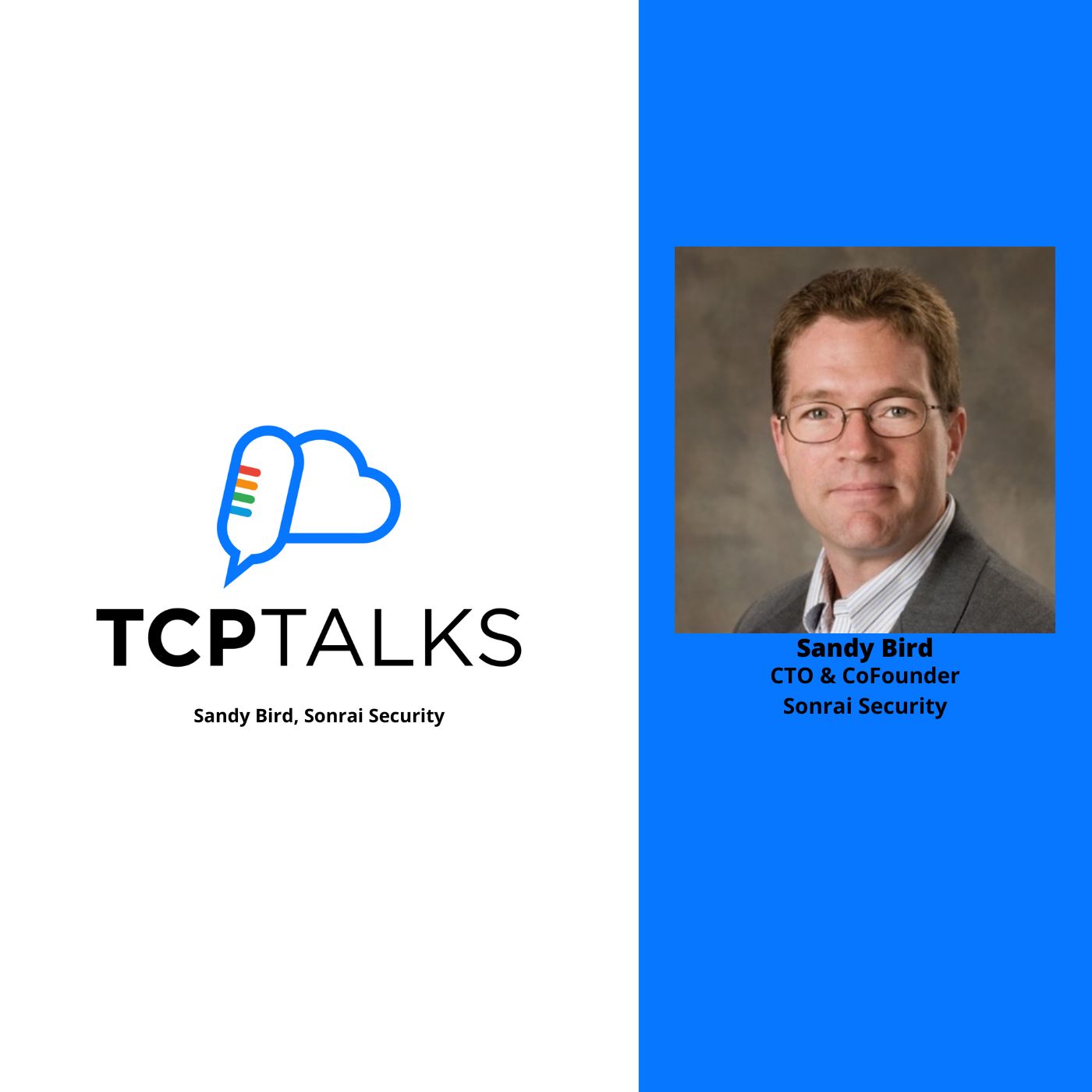
A bonus episode of The Cloud Pod may be just what the doctor ordered, and this week Justin and Jonathan are here to bring you an interview with Sandy Bird of Sonrai Security. There’s so much going on in the IAM space, and we’re really happy to have an expert in the studio with us this week to talk about some of the security least privilege specifics.
Background
Sonrai (pronounced Son-ree, which means data in Gaelic) was founded in 2017. Sonrai provides Cloud Data Control, and seeks to deliver a complete risk model of all identity and data relationships, which includes activity and movement across cloud accounts, providers, and third party data stores.
Try it free for 14 days
Meet Sandy Bird, Co founder of Sonrai Security
Sandy is the co-founder and CTO of Sonrai, and has a long career in the tech industry. He was the CTO and co-founder of Q1 Labs, which was acquired by IBM in 2011, and helped to drive IBM security growth as CTO for global business security there.
Interview Notes:
One of the big questions we start the interview with is just how has IAM evolved – and what kind of effect have those changes had on the identity models? Enterprise wants things to be least privilege, but it’s hard to find the logs. In cloud, however *most* things are logged – and so least privilege became an option.
Sonrai offers the first cloud permissions firewall, which enables one click least privilege management, which is important in the current environment where the platforms operate so differently from each other. With this solution, you have better control of your cloud access, limit your permissions, attack surface, and automate least privilege – all without slowing down DevOps2.
Is the perfect policy achievable? Sandy breaks it between human identities and workload identities; they’re definitely separate. He claims, in workload identities the perfect policy is probably possible. Human identity is hugely sporadic, however, it’s important to at least try to get to that perfect policy, especially when dealing with sensitive information. One of the more interesting data pieces they found was that less than 10% of identities with sensitive permissions actually used them – and you can use the information to balance out actually handing out permissions versus a one time use case.
Sonrai spent a lot of time looking at new solutions to problems with permissions; part of this includes purpose-built integration, offering a flexible open GraphQL API with prebuilt integrations.
Sonrai also offers continuous monitoring; providing ongoing intelligence on all the permission usage – including excess permissions – and enables the removal of unused permissions without any sort of disruptions. Policy automation automatically writes IAM policies tailored to access needs, and simplifies processes for teams.
On demand access is another tool that gives on demand requests for permissions that are restricted with a quick and efficient process.
Quotes from today’s show
Sandy: “The unbelievably powerful model in AWS can do amazing things, especially when you get into some of the advanced conditions – but man, for a human to understand what all this stuff is, is super hard. Then you go to the Azure model, which is very different. It’s an allow first model. If you have an allow anywhere in the tree, you can do whatever is asked, but there’s this hierarchy to the whole thing, and so when you think you want to remove something you may not even be removing it., because something above may have that permission anyway. It’s a whole different model to learn there.”
Sandy: “Only like 8% of those identities actually use the sensitive parts of them; the other 92 just sit in the cloud, never being used, and so most likely during that break loss scenario in the middle of the night, somebody’s troubleshooting, they have to create some stuff, and overpermission it . If we control this centrally, the sprawl doesn’t happen.”
Sandy: There is this fear that if I remove this identity, I may not be able to put it back the way it was if it was supposed to be important… We came up with a secondary concept for the things that you were worried about… where we basically short circuit them, and say these things can’t log in and be used anymore, however we don’t delete the key material, we don’t delete the permissions. We leave those all intact.”


